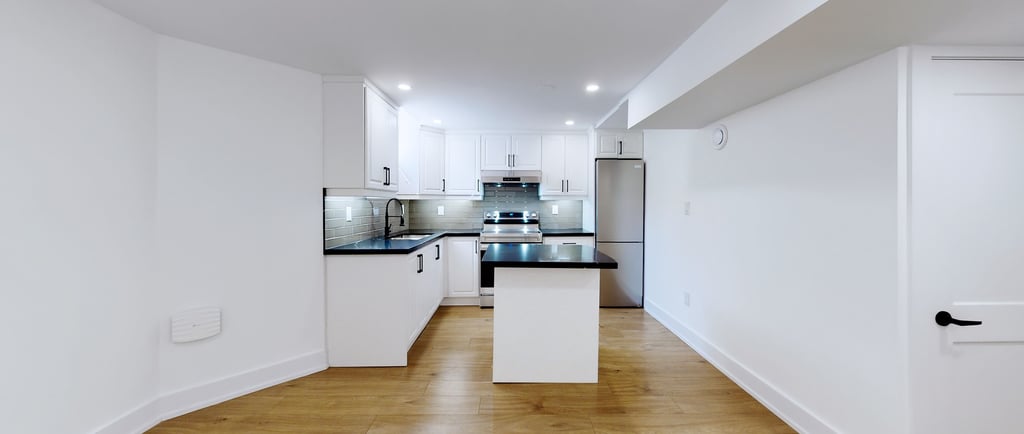Guide to Building a Legal Basement Unit in Ontario
Converting your basement into a legal rental unit in Ontario can be a lucrative way to generate income and increase your property's value. However, it's essential to navigate the legal and safety requirements to ensure compliance with the Ontario Building Code (OBC) and local municipal bylaws. Here's a step-by-step guide to help you through the process.


1. Understand Zoning and By-Laws
Before embarking on any renovations, verify that your property is zoned to allow secondary units. Municipalities such as Toronto, Brampton, and Mississauga have specific zoning regulations that permit basement apartments under certain conditions. Contact your local planning department to confirm zoning allowances and any additional requirements or alternatively contact Kalray Renovations and we can guide you.
2. Obtain Necessary Permits
Legalizing a basement unit usually requires below permits:
Building Permit: For structural changes and renovations. Building permit is taken from city. It has to be applied with Drawings and usually an Architect helps with that.
Electrical Permit: For any electrical work, including new circuits or outlets. Once you hire an electrician to do the work, they are required to take out the permit to do any electrical work. Permit is issued by ESA.
Engaging licensed professionals ensures that all work complies with safety standards and facilitates smoother inspections.
3. Meet Building Code Requirements
The OBC outlines specific criteria for basement apartments:
Ceiling Height: Minimum of 1.95 meters (6 feet 5 inches) over the entire required floor area, including the route inside the unit leading to the exit.
Egress Windows: Each bedroom must have a window large enough to serve as an emergency exit, with a minimum unobstructed opening of 4.1 square feet.
Fire Safety: Install fire-rated walls and ceilings between the basement and main dwelling. Use fire-resistant materials and ensure proper sealing.
Smoke and Carbon Monoxide Detectors: Install interconnected smoke alarms and carbon monoxide detectors in all required areas. If your house is old then you are required to change these detectors in your upper area as well.
Separate Entrance: Provide a direct, unobstructed exit to the outside, not through the main dwelling.
4. Ensure Adequate Utilities
Plumbing: Install a kitchen sink, bathroom facilities (sink, toilet, shower/tub), and ensure access to hot and cold water.
Electrical: Ensure each room has adequate lighting and outlets. Hire a licensed electrician to perform the work and arrange for an inspection by the Electrical Safety Authority (ESA).
Heating and Cooling: Basement units can share the main dwelling's HVAC system, but ensure proper ventilation and temperature control.
5. Plan for Inspections
After completing the necessary work, schedule inspections with your local municipality:
Building Inspection: To verify structural and safety compliance. Building inspectors are the one who will also verify plumbing, HVAC and fire safety compliance.
Electrical Inspection: Conducted by the ESA to ensure electrical safety.
Passing these inspections is crucial for obtaining a final occupancy permit and legalizing your basement unit.
6. Register the Unit (If Required)
Some municipalities require the registration of secondary units. Check with your local municipal office to determine if this step is necessary in your area.
7. Maintain Compliance
Once your basement unit is legalized, ensure ongoing compliance with all applicable laws and regulations. Regularly inspect safety equipment, maintain utilities, and address any tenant concerns promptly. This not only ensures tenant safety but also protects your investment and property value .
